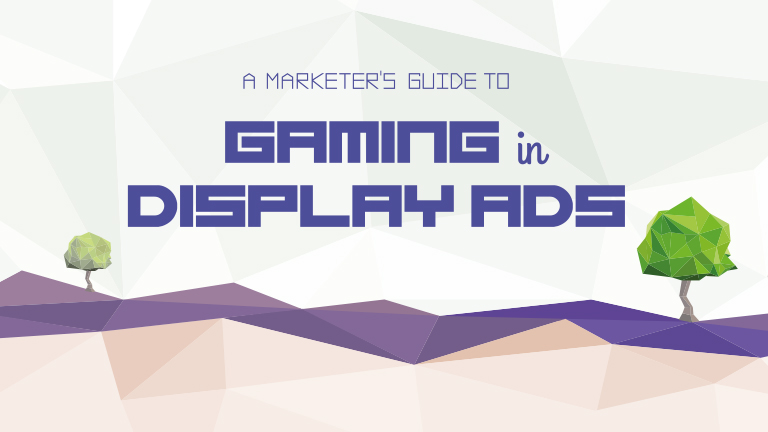In a market increasingly carved up into smaller and smaller pieces along demographic lines, marketers are hungry for techniques with more universal appeal. And one thing is pretty true for all of us: From the cradle to the grave, we all love to play games.
This article was written by Lena Hofman, Product Analyst at Celtra and originally published on Digiday.

Infographic: A Marketer’s Guide to Gaming in Display Ads
In a market increasingly carved up into smaller and smaller pieces along demographic lines, marketers are hungry for techniques with more universal appeal. And one thing is pretty true for all of us: From the cradle to the grave, we all love to play games.
It follows that display ads that include games should take advantage of this natural affinity by translating it into brand engagement. In a recent study, we put this theory to the test by comparing the performance of AdCreator 4-powered standard HTML5 display ads with minigames against standard HTML5 display ads without gaming elements. Here’s what we learned.
Games significantly enhance ad engagement rates
The results show that gamifying the creative — whether it’s to introduce different versions of the product, create a positive memorable experience with the brand or simply take advantage of a fun feature — leads to higher overall engagement rates. Users are more likely to engage with the ad’s content when a call-to-action comes in the form of an invitation to play, to wipe the surface to reveal what’s beneath or solve a puzzle.
Those prebuilt game formats are available in many ad creation software packages, allowing marketers to utilize a mobile device’s interactive surface to deliver out-of-the-box immersive brand experiences. But with AdCreator 4 you can either use the prebuilt solutions or you can choose to go a step further by building more demanding custom games using JavaScript, from quizzes to various arcade games (e.g. Space Invaders).

They support other key performance metrics
Including a game in an ad can be a powerful way to set the stage for more interaction, from watching a video to clicking through to a mobile destination. In fact, click-through rates are nearly seven times higher in ads with gaming features, while video play rate is over three times higher in gaming ads.

They deliver very high play and completion rates
We dug deeper into the performance of the following aptly-named gaming components:
- Wipey – used to reveal an image hiding beneath a wipeable artwork
- Puzzle – the classical, well known puzzle game mechanics
- Custom games – utilizing the Creative JavaScript API

While almost 40 percent of users finished their games, the simplicity of engaging with a wipeable surface delivers the highest completion rate at over 50 percent.
When it comes to custom games, the completion rate doesn’t fall far behind, proving that providing experiences tailored to fit your audience – like car racing, shooting spaceships or even decorating a Christmas tree – ends up paying off.
Advanced games yield longer engagement time
While wiping away at the screen is fast and super easy to complete, puzzles and custom games require more user attention. This is great news to marketers and results in users spending more time interacting with the game (and thus, the brand). In fact, they spend twice as long playing a game when the puzzle difficulty is set high.

When a game is relevant and appropriate for a brand, there are very few downsides to including one in your display campaigns, and they can be implemented at all points along the customer’s journey. Not only do they prolong the time spent with your brand, but, perhaps more importantly, they can enhance brand recall and motivate users to take the next step down the sales funnel.

